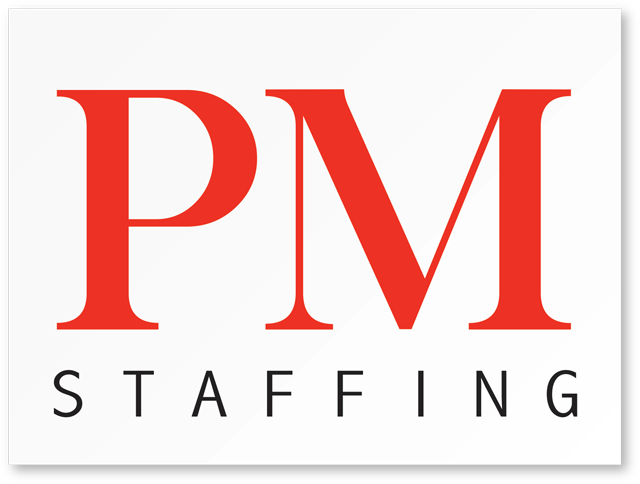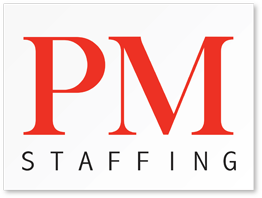A few months ago my wife and I finally relented and purchased … wait for it … our first flat screen television. Before this we had an “old-school” cathode ray tube TV that looked a lot like this one:
 I told myself the TV worked fine, the picture was still okay, and I was happy not having to spend money on a new TV, especially when our TV worked just fine.
I told myself the TV worked fine, the picture was still okay, and I was happy not having to spend money on a new TV, especially when our TV worked just fine.
Yes, people would come to our home and marvel at this example of 1950’s technology at it’s best! And yes, having to move it was a nightmare. But it worked and I was happy.
Then, it all changed.
We wanted to “cut the cord,” save money on our cable bills and finally join the 21st century and subscribe to Netflix. The problem was our current TV didn’t have any kind of capability to able to connect to the Internet to be able to use Netflix. We knew that we couldn’t cut the cable (to save money) without purchasing a TV … so we had a choice to make, keep the old TV or get a new one.
Finally the pain of our cable bill (and the fact that we only watch five of the 500 channels) motivated us to buy a new TV … and we love it and have never looked back.
The Lesson
Pain was the motivating factor for our decision. We didn’t like paying our cable bills every month mainly for channels we didn’t watch. We didn’t like that we couldn’t connect our TV to a streaming service. We didn’t like that it took two people to move the old TV.
The same is true for the prospects you’re touring today in your community. They’re looking for an apartment, but there is a pain that they’re hoping to you can cure. Your job is to find the pain.
- What is the real reason they’re looking for a new place?
- What is really important to them?
- What must they have this time?
- What must they avoid this time?
- What is the problem that they want for you to solve?
- What is the pain they want you to cure?
As you can see leasing apartments is about so much more than asking, “Are you looking for a one or two bedroom apartment?” It’s about finding the deeper wants, needs and desires that are fueling their decision to look for a new home.
Here are some questions that can help you find the pain:
- What are your “must haves?”
- What are your “can’t stands?”
- What do you like best about your current apartment (if applicable) that you hope to find in a new one?
- What do you not like about your current apartment-that you’re trying to avoid in a new one?
Then once you have an idea of the pain, you’ll want to frame (focus) the sales conversation through the prism of how your community will ease the pain(s) they’ve expressed to you.
Think of it this way, your prospect has a headache and you have the medicine. They just have to know you are the one you can help!

